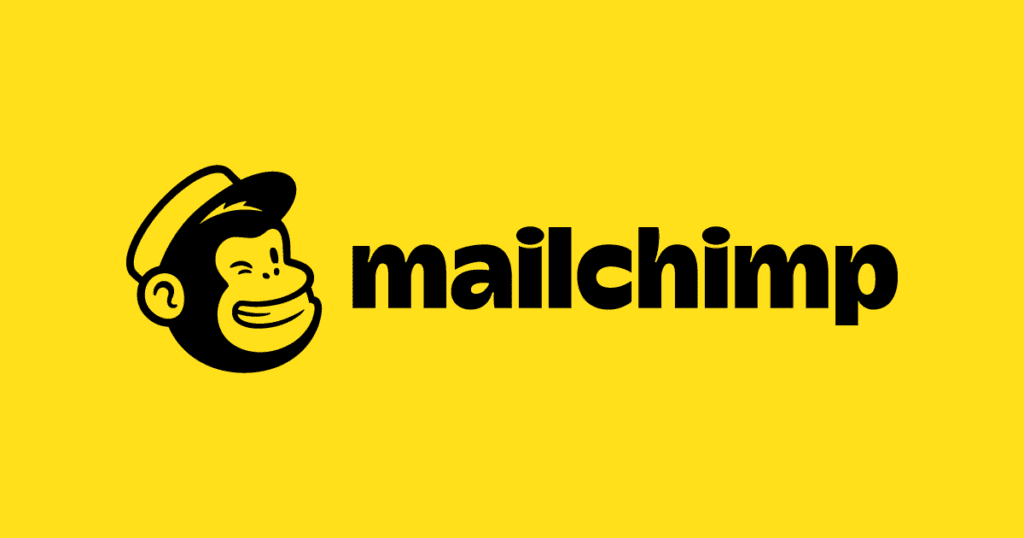
A political campaign, depending on what you are running for, is a short-term endeavor. So in my opinion, with time being in short supply with much to do, automation is the key to getting more done. And as regular readers of this blog probably know, automation is kind of my jam.
Automation refers to using software and tools to streamline and handle repetitive tasks without needing constant human intervention. It’s like having a tireless assistant that takes care of the busywork. Automation can handle tasks like content updates, data backups, and SEO maintenance. Imagine a tool that automatically publishes your new blog posts or keeps your website’s product listings fresh. Social media automation tackles repetitive tasks like scheduling posts across different platforms, generating reports, and even responding to basic customer inquiries with chatbots. This frees up social media managers to focus on creative content and audience engagement. Marketing automation encompasses a wider range of tasks. It can automate email marketing campaigns, personalize content for different customer segments, and even manage online advertising campaigns. This allows marketers to reach a wider audience with targeted messages and measure the effectiveness of their campaigns more efficiently.
So what things can you automate for your political campaign to streamline your processes and get more done? There’s a lot!
Website Forms
Your website probably has forms. Contact forms, volunteer forms, donate forms, etc. And it is my firm belief that if your website has forms, hitting submit should not be the end of the visitor journey, but just the beginning. You can easily connect your website’s forms to many other tools to expand your reach with your audience and continue to market to them.
Add submitter to your CRM
Every form submission should be automatically added to your CRM so you can continue to send email marketing updates to those folks.
“Do I have to get permission to add them to my list?” That’s a great question. And if you are a business owner, and you are marketing to them, then yes. But… the CAN-SPAM Act only applies to commercial marketing, not to political campaigns. So you technically don’t have to ask permission. The most important part is you have an opt-out on the bottom of all your marketing emails.
Email Marketing
A lot of times when people think of email marketing, they think it requires creating new emails in your CRM, selecting an audience, and hitting send. And this can be part of it. But in addition to those regular new emails, you’ll want to have at least one automated campaign that starts when a user is added and sends regular blasts. This is all set up in advance and is triggered when a new email address is added, and that starts the series of emails to them, on the schedule of your choosing, with pre-written content. These emails could include how to get involved, how to donate, background information on the candidate and more. And, you can even continue to add to this series as the campaign goes on.
Your Blog and Event Calendar
I always recommend you have a blog and event calendar on your campaign website. This is a great way to keep the community updated on your campaign, but don’t just end there. When you publish something on your website, on the blog, a new event, all of those should get immediately pushed out to all your social media platforms. It shouldn’t be the only thing you are posting on social media, but it is an easy way to get those posts out there right away automatically without having to go add each one to each platform individually.
You can also automate your blog posting and calendar updates to populate an automated email in your CRM, so everything you add to the website goes out in an email to your subscriber list. Remember, not everyone will see very social media post. Not everyone will check your website regularly. But people typically check their email regularly, so getting into their inbox is important.
Automation Tools
In order to set up automation, you’ll need some automation tools. First, you’ll need a website that integrates with them. All our websites are WordPress and there are lots of things WordPress websites integrate with. As I’m not an expert on other platforms, I can’t really tell you how well or not well they may integrate with third-party apps, but that’s something you should be considering when you create your website. It’s a lot easier to set up the best option first instead of going a cheaper route only to have to redo it later.
You’ll also need a CRM. CRM stands for Customer Relationship Management. It’s a technology used by businesses and campaigns to manage interactions with current and potential customers or constituents. Essentially, CRM software helps you organize, automate, and synchronize your marketing.
CRM systems typically include features such as contact management, lead management, sales pipeline tracking, email integration, and reporting/analytics. The goal of CRM is to improve relationships, streamline processes, and increase reach by providing a centralized database of customer information and facilitating communication and collaboration across departments.
Some popular CRMs for political campaigns include:
ContactDrive– This CRM is built specifically for political campaigns and is priced competitively for them. It offers features like voter targeting, volunteer management, and fundraising tools.
Zoho CRM– This is a popular and affordable option for small campaigns. It offers a wide range of features, including contact management, email marketing, and reporting.

Mailchimp– While primarily an email marketing platform, Mailchimp can also be used as a basic CRM for political campaigns. It allows you to store contact information, track email interactions, and send targeted email campaigns.
ActiveCampaign– This CRM is a good option for campaigns that want to focus on marketing automation. It offers features like email marketing, landing page creation, and marketing automation workflows.
HubSpot CRM– HubSpot offers a free CRM that is a good option for small campaigns with a limited budget. It offers features like contact management, task management, and deal tracking.
Social Media Management Tools
In order to automate and connect your social media platforms to your website and more, you’ll need a social media management tool.

Hootsuite: This is a great all-in-one platform that allows you to schedule posts, track conversations, and measure your results across all of your social media accounts. It’s a good option for businesses of all sizes, but it can be a bit expensive for smaller businesses.
Buffer: This is a more affordable option that is perfect for small businesses and startups. It allows you to schedule posts, track conversations, and analyze your results for a limited number of social media accounts. It also has a free plan that is great for getting started.
Sprout Social: This is another great all-in-one platform that offers similar features to Hootsuite. It’s a good option for businesses that need a more robust social media management solution. Sprout Social is known for its excellent social listening and reporting features.
And finally, the glue that brings all these things together, the automation software that you’ll need. I am a big fan of Zapier. Zapier is something I use constantly. But there are others too.

Zapier: Zapier is a popular automation platform known for its ease of use. It connects thousands of apps (over 7,000!) through a drag-and-drop interface, allowing you to build workflows called “Zaps” that automate repetitive tasks. Zaps can be simple, like moving a new contact from a form to a CRM, or more complex, involving multiple steps and conditional logic. It’s a great all-rounder for various automation needs.
Make: Make offers a visual interface to connect apps and automate workflows. It boasts a strong free plan and caters well to complex automations. Integromat allows for building robust scenarios with branching paths and data manipulation tools. It’s a good choice for power users who need more control over their automations.
Integrately: Integrately, a cloud-based automation platform, simplifies connecting hundreds of business apps through a user-friendly interface. With drag-and-drop workflows, pre-built automations, and strong data syncing, it empowers even non-technical users to streamline tasks and keep information consistent across various applications.
Amy Masson
Amy is the co-owner, developer, and website strategist for Sumy Designs. She's been making websites with WordPress since 2006 and is passionate about making sure websites are as functional as they are beautiful.
